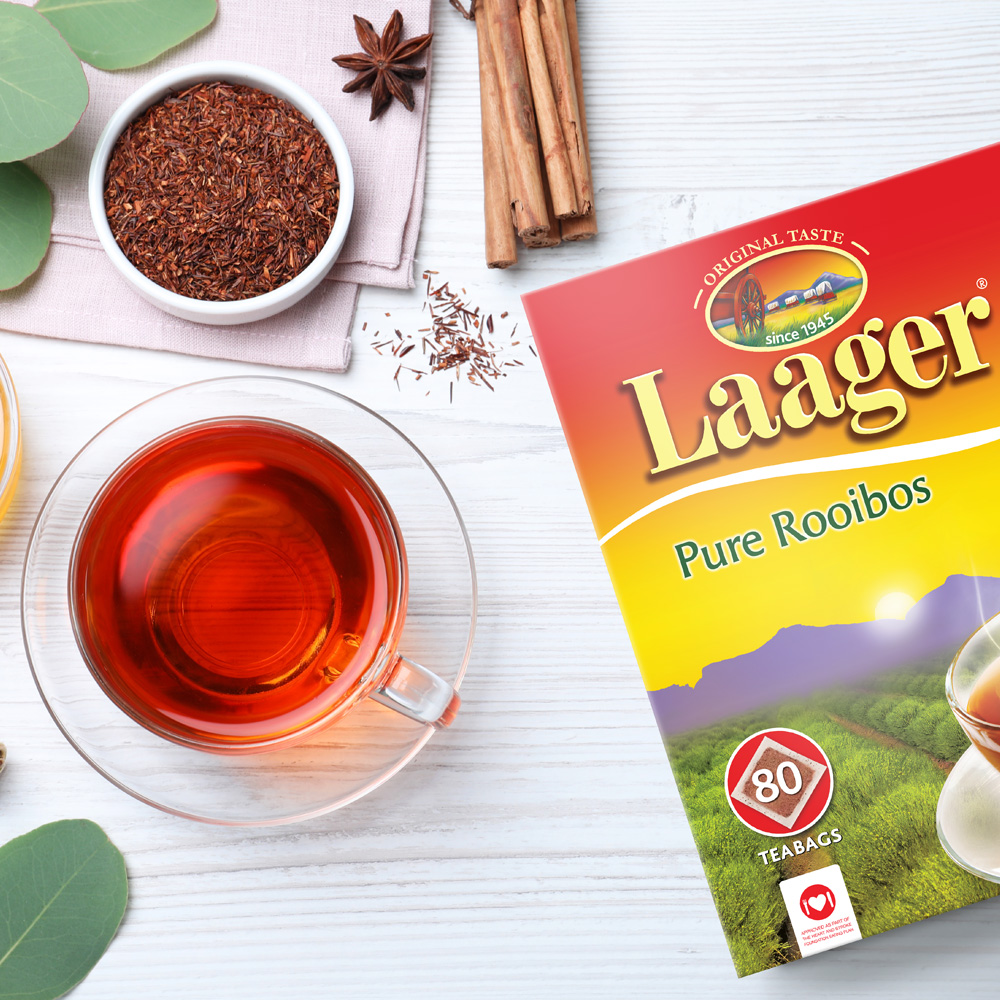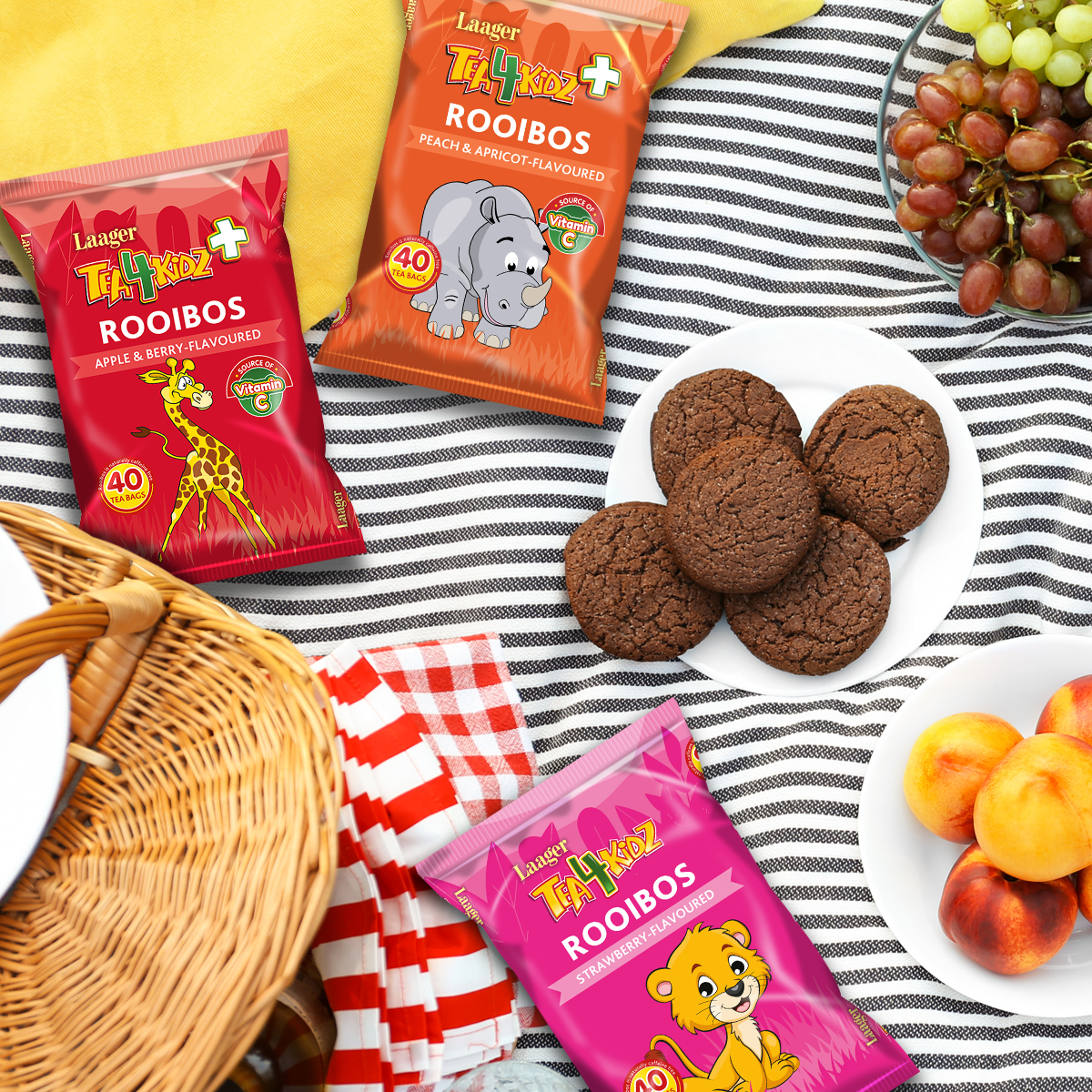In the past few years, Rooibos tea has started gaining more and more popularity overseas. But in South Africa, it's always been a local favourite. With its mouth-watering aroma and light flavouring, this caffeine-free beverage is the ultimate nightcap. Despite its newfound popularity, there are still loads of countries who haven't had the chance to taste it yet. Part of the reason for this is because the only place in the world where Rooibos is grown is in the Cederberg Mountains of South Africa. So, resources are limited.
Even before the modern world became aware of the delicious and nutritious drink, locals in South Africa used it for a multitude of purposes. Take a look at where Rooibos- journey began.
Rooibos- Roots

Centuries before the British came to South Africa, the Khoisan used to gather Rooibos leaves from the Aspalathus Linearis shrub. They used the leaves to help cure many ailments by making herbal medicines.
Rooibos was almost lost to the world when the Khoisan tribes began to dwindle. Luckily in 1772, a botanist by the name of Carl Humberg rediscovered the Rooibos plant and helped to create interest in the tea leaves. In those days, the locals took donkeys into the high Cederberg mountains to pick the leaves. They would wrap the leaves in hessian cloth and head back down to trade the leaves for household goods.
In 1904, Benjamin Ginsberg, a Russian immigrant began to market Rooibos as an herbal alternative to tea - calling it ''Mountain Tea''. Ginsberg knew a lot about Chinese and Indian teas, which was incredibly helpful when he set up the first Rooibos field to be successfully cultivated. When he immigrated, his son took over the farming of Rooibos. And his grandson went on to introduced Rooibos to various international markets, where it was a hit. Today, many of the Ginsberg's processes that were put in place are still being used.
Rooibos demand skyrockets

During World War II, it became almost impossible to import teas from Asian countries. So, people turned to Africa as an alternative, which led to an increase in the demand for Rooibos. However, the plant and its seeds were hard to come by, which made the leaves pricey and difficult to buy.
When a South African woman, Annique Theron, published a book on the health benefits of Rooibos in the 1960s, it caused a huge amount of academic interest in the tea. Loads of studies were conducted, where the antioxidant qualities and the many health advantages of Rooibos were discovered - making the popularity of the tea soar almost overnight.
Rooibos Today

Over the past few decades, demand for Rooibos has increased by 50 percent. Despite being more popular in Africa, Asia and Europe, Rooibos is gaining popularity in the USA and beyond. Recently, many people have begun to shift their mindset on food and drink, and adopt a more health conscious way of life. Thanks to its caffeine-free and high tannin content, Rooibos ''popularity continues to grow " particularly amongst health enthusiasts. And the more we discover about the health benefits of Rooibos, the more the demand for it grows.





